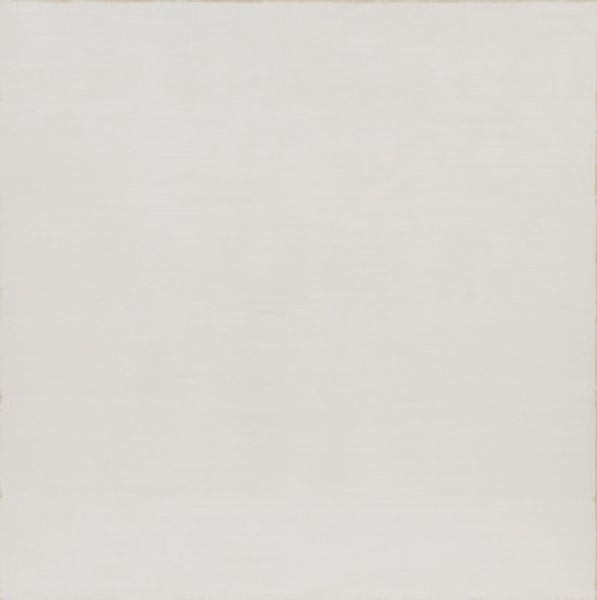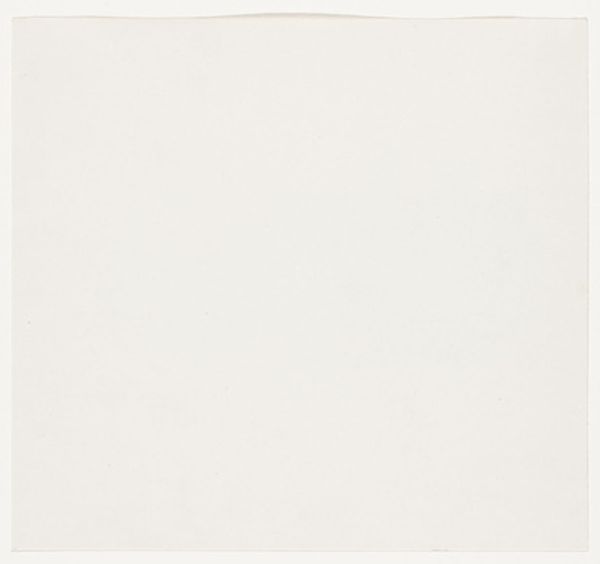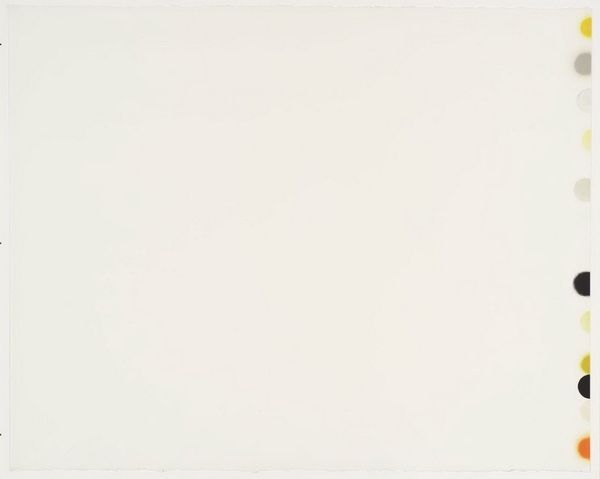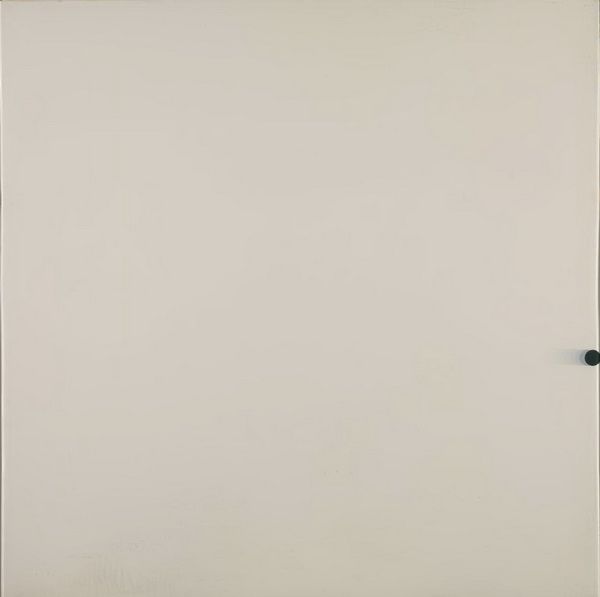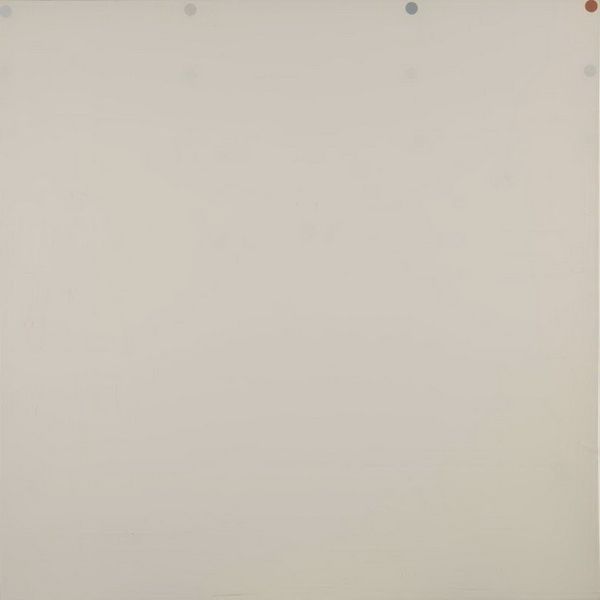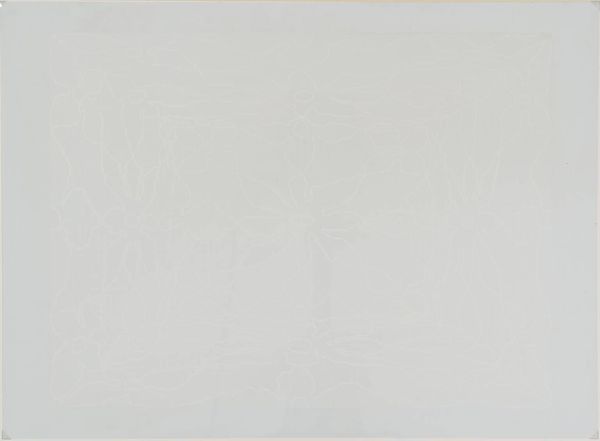
Dimensions: support: 599 x 800 x 20 mm frame: 820 x 1025 x 60 mm
Copyright: © The Li Yuan-Chia Foundation | CC-BY-NC-ND 4.0 DEED, Photo: Tate
Curator: Before us, we have Yuan-chia Li's "Monochrome White Painting," currently residing in the Tate Collections. Editor: It's... serene, almost disconcertingly so. The vastness of the white canvas has a strange pull, like staring into a blank sky. Curator: White, in many cultures, symbolizes purity, new beginnings, or even mourning. Considering Li's background, do you think his own cultural experiences shaped this choice? Editor: The subtle textures are key. See how the light catches the almost imperceptible variations? It's less about what's absent and more about the quiet potential within the surface itself. Curator: A fascinating contrast! The emptiness, though, also resonates with Taoist principles of emptiness and potentiality. Editor: Perhaps. But I also see a deep engagement with the materiality of paint, pushing the boundaries of what constitutes a painting. Curator: An excellent point. It is intriguing to consider how such an ostensibly simple work can spark so much thought. Editor: Exactly. A compelling invitation to contemplate, wouldn't you say?
Comments
tate 6 months ago
⋮
http://www.tate.org.uk/art/artworks/li-monochrome-white-painting-t11871
Join the conversation
Join millions of artists and users on Artera today and experience the ultimate creative platform.
tate 6 months ago
⋮
Li Yuan-Chia arrived in London in the early 1960s. Considered one of the founding fathers of abstract art in Taiwan, his work combined aspects of Western and Eastern thought. He used the bare language and spatial freedom of abstraction to convey existential conditions, focusing on the situation of the individual in the universe. The surface of Monochrome White Painting includes Li Yuan-Chia’s most personal visual mark: the dot or circular form, which for him symbolised the beginning and end of all things. Gallery label, October 2016


